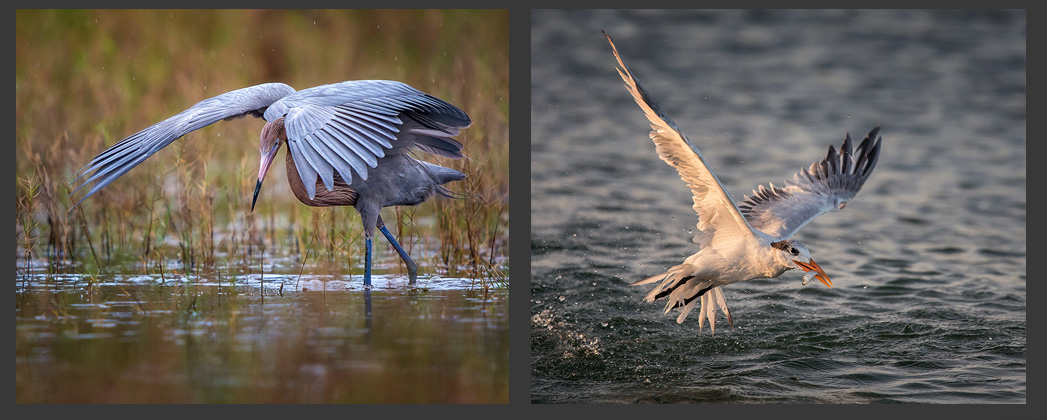I think the image you are using is the display - not the pixels. So you may have an 8000 pixel width image that is displayed at 1200 pixels whether it is FX or cropped to DX - the image is downsized to fit the EVF display. The 25 pixels of the subject face in FX would be displayed as 37 pixels in a DX viewfinder and for the AF system that uses the same feed. The area the camera has to look for a subject is also smaller and has eliminated the edges of the frame. More importantly, the camera starts with subject recognition so once it finds a subject, it looks for the head and then the eye. Probably a better scenario is not that the head is 25 pixels but that the subject is 250 pixels in the FX display, and 375 pixels in the DX display. As far as AF is concerned, it's like getting closer.


